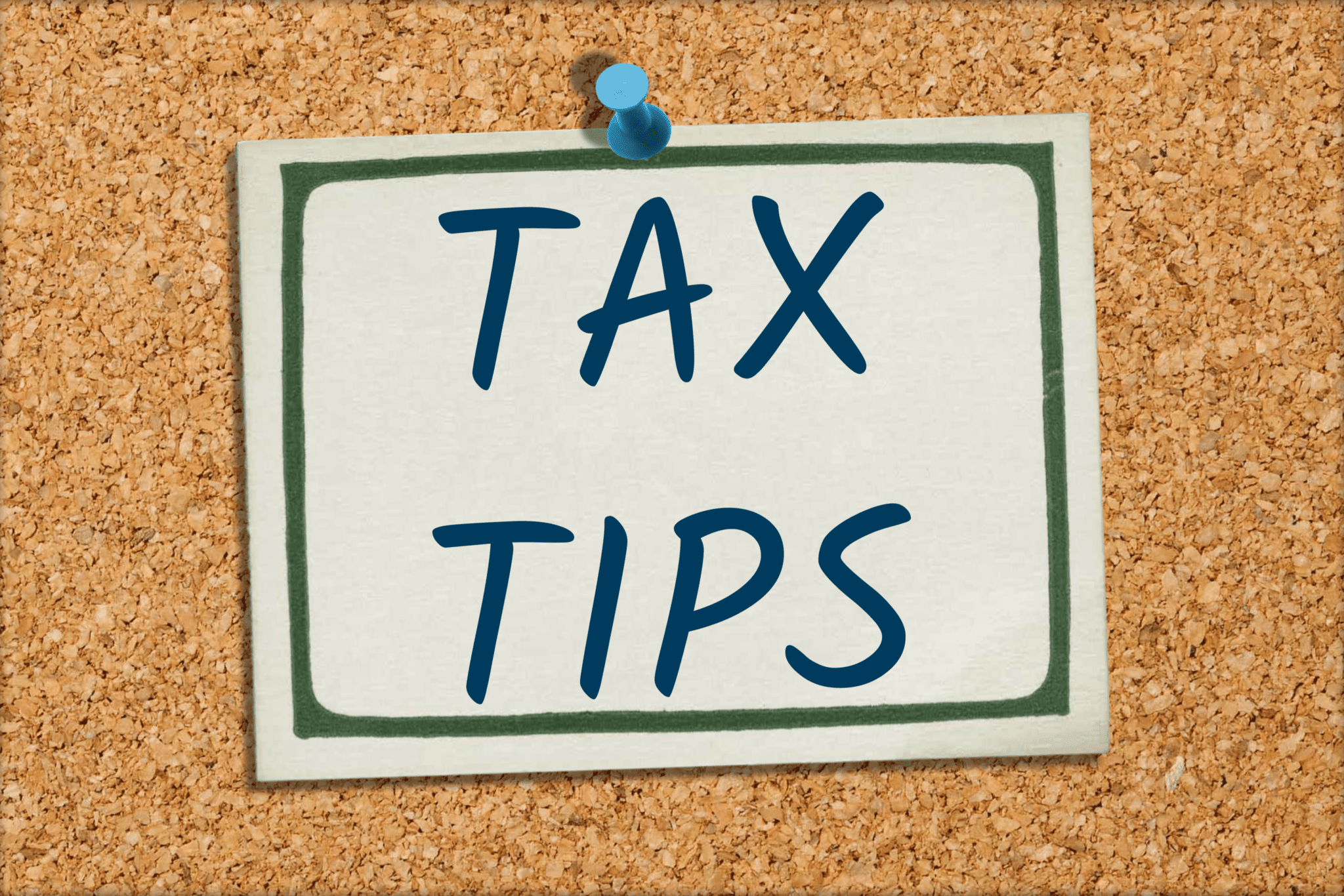Employers can use 401(k) plans to help employees pay student loans
In a recent private letter ruling, the IRS approved an employer’s student loan repayment program, under which it made contributions to employees’ 401(k) plan accounts that were contingent on repayments of student loans. Essentially, the employer agreed to make a matching contribution equal to 5% of an employee’s compensation if an employee either 1) made an elective contribution to the 401(k) plan equal to at least 2% of compensation, or 2) made a student loan repayment equal to at least 2% of compensation.
The program is an attractive benefit, because it allows employees to pay off their student loans without sacrificing matching 401(k) plan contributions. In addition, because the employer’s contributions are free of payroll taxes and aren’t subject to federal income tax withholding, the program offers significant tax advantages over other student loan assistance programs.
Employers considering such a program should contact us to discuss the various administrative and planning issues it would entail, including the potential impact on nondiscrimination testing.
Get ready for Tax Reform 2.0
Republican leaders in Congress have introduced several bills to expand the tax reforms made by last year’s Tax Cuts and Jobs Act (TCJA). Among other things, the bills would 1) make the TCJA’s individual income tax rate cuts, 20% “pass-through” deduction, and $10,000 limit on deductions of state and local taxes permanent (they’re currently set to expire at the end of 2025), 2) expand access to new and existing tax-advantaged savings vehicles, 3) expand the benefits of Section 529 college savings plans, and 4) provide new and expanded tax breaks for start-up businesses.
Substantiation of charitable contributions
Recently, the IRS finalized regulations on the substantiation and reporting rules for deductible charitable contributions. A few highlights:
- For cash contributions in any amount — whether made by cash, check or other means — the donor must maintain a record in the form of 1) a bank record or 2) a written communication from the donee. The record must show the name of the donee organization, the date of the contribution and the amount of the contribution.
- For donations of property, 1) contributions under $250 require a receipt from the donee or reliable records, 2) contributions of $250 to $500 require a contemporaneous written acknowledgment, 3) contributions over $500 but not more than $5,000 require a contemporaneous written acknowledgment plus a completed and filed Form 8283, and 4) contributions over $5,000 require a qualified appraisal plus a completed and filed Form 8283 (together with a copy of the qualified appraisal for contributions over $500,000).
- Qualified appraisers must now demonstrate verifiable education and experience in valuing the type of property subject to the appraisal.
© 2019


